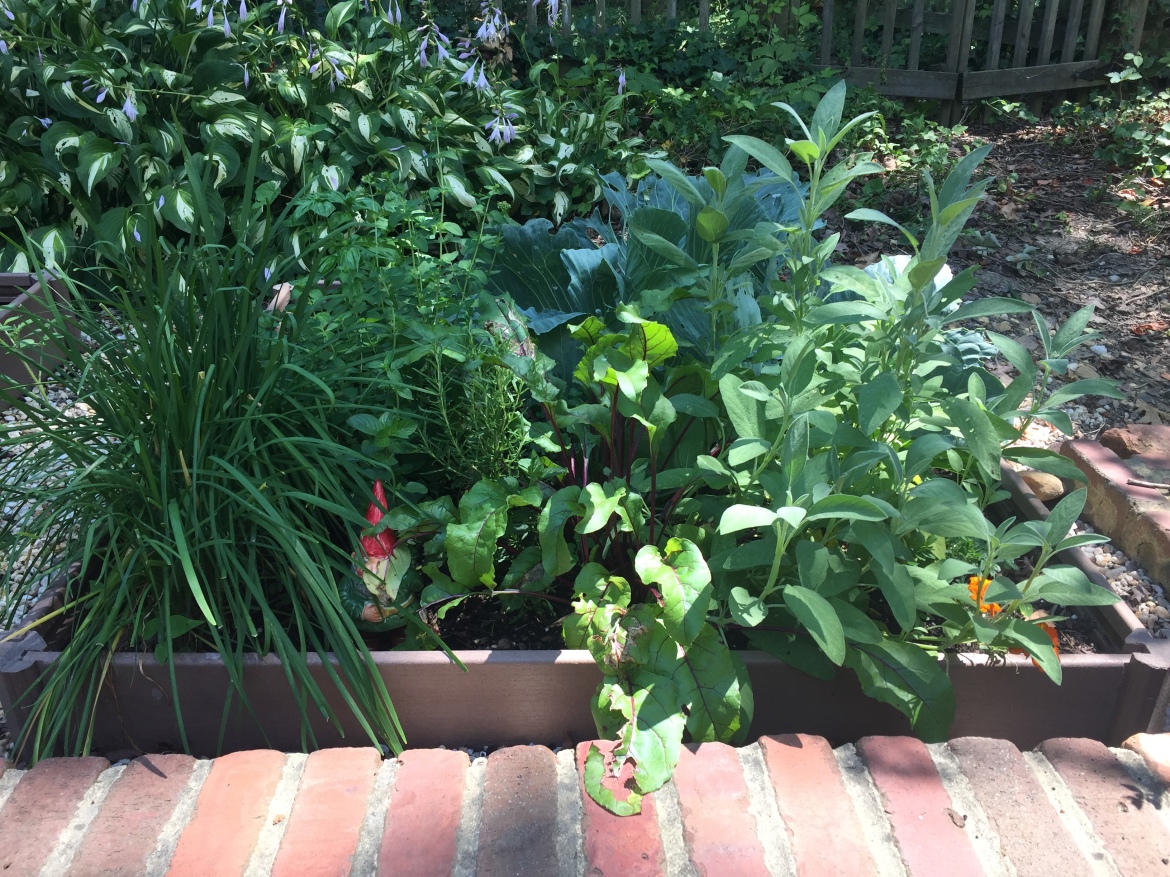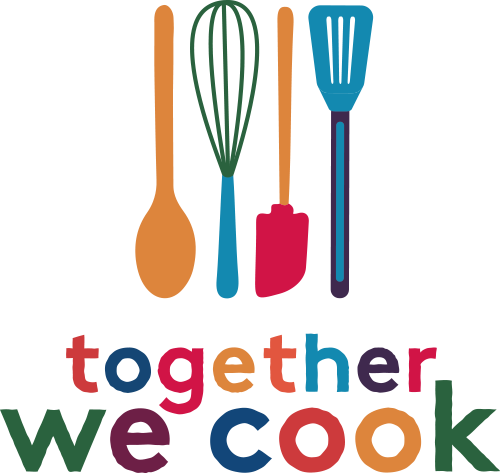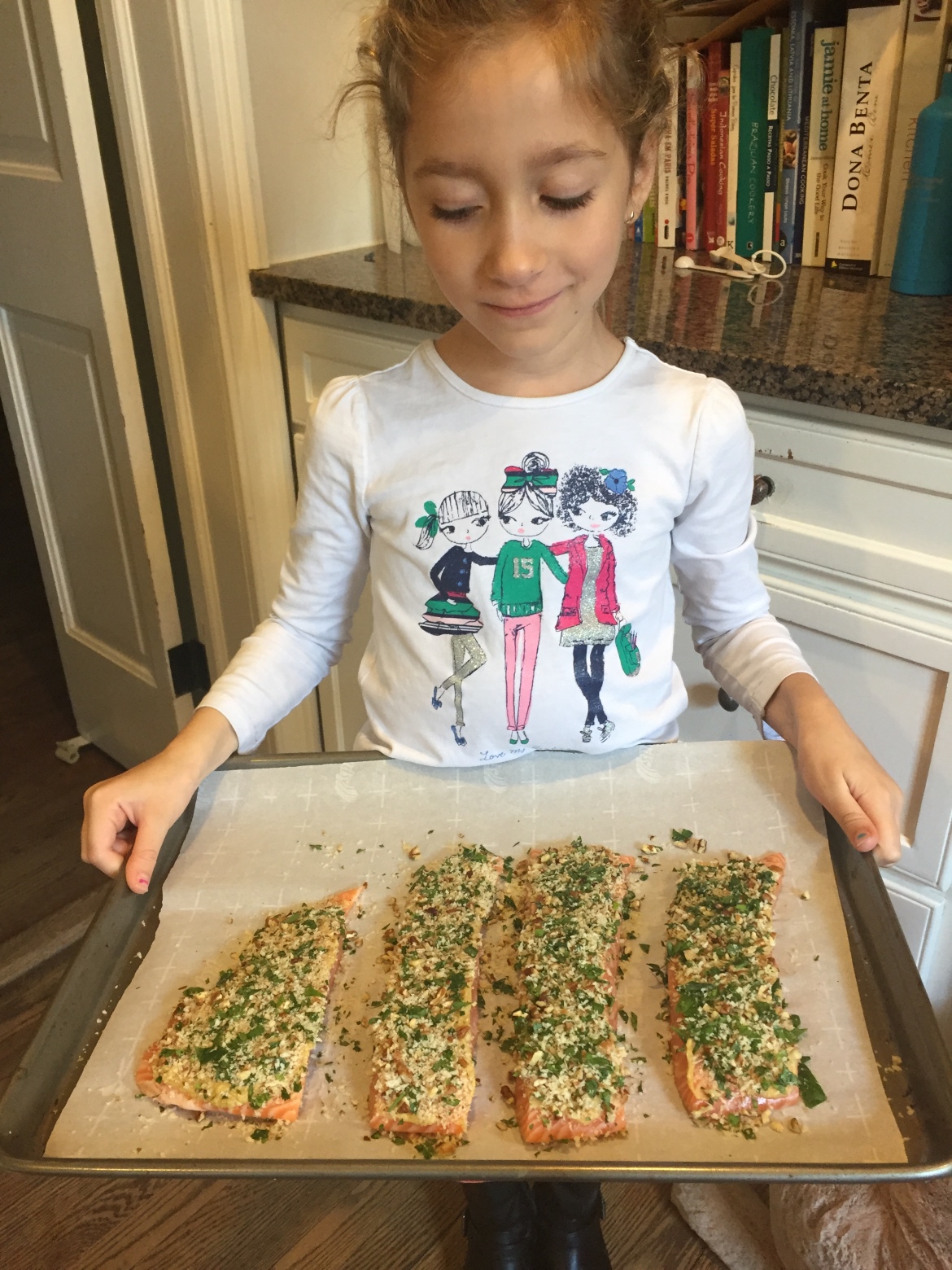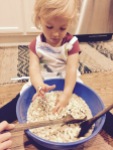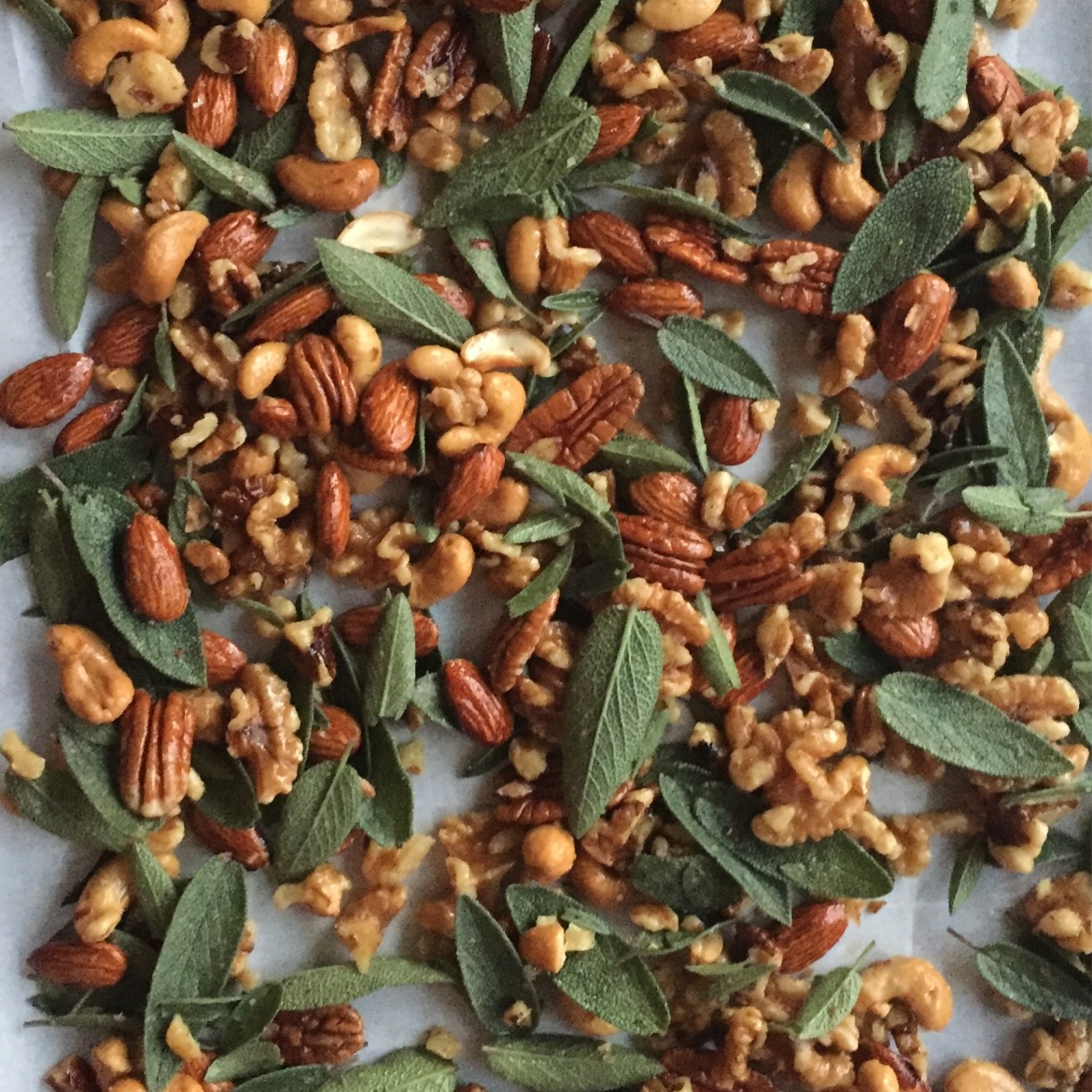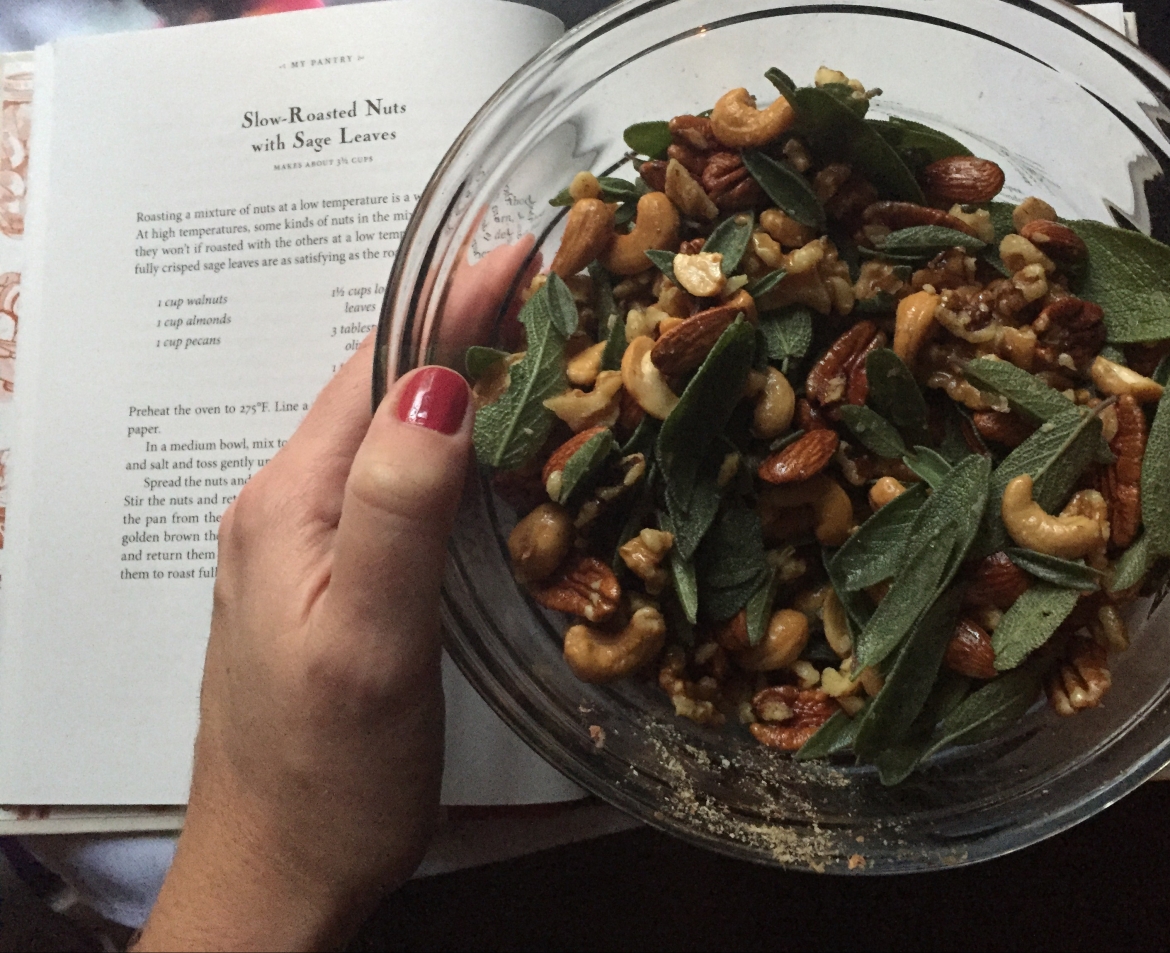Uncategorized
Since I started teaching cooking classes for children last spring, a few people have asked me what are good recipes to make with kids, which got me thinking about what would be my top choices. The answer varies depending on the age of the children (a smoothie is a great start for preschoolers, or any age) and how much time you have on your hands (these vegetarian potstickers make the top of the list for my son), but regardless of the age and time constraints, I thought I should start with some basic tips on how to bring your kids into the kitchen in the first place.
1. Let them Pick – Ask your child what they would like to make, eat or learn. Write down a few choices and try to start with one of those dishes. May it be pizza, cookies or cupcakes, if you can start by finding the time and opportunity to prepare his/her choice, your child will be excited about cooking and will feel valued by having a say in feeding the family.

2. Small Tasks – Find small tasks that your child can help you with in any recipe you are preparing. During busy weeknights, enlisting the help of your child for just a few minutes is plenty for them and you, without adding to the chaos. It could be washing the salad, peeling a carrot, opening a can, grating cheese, or stirring a pot for a little bit.
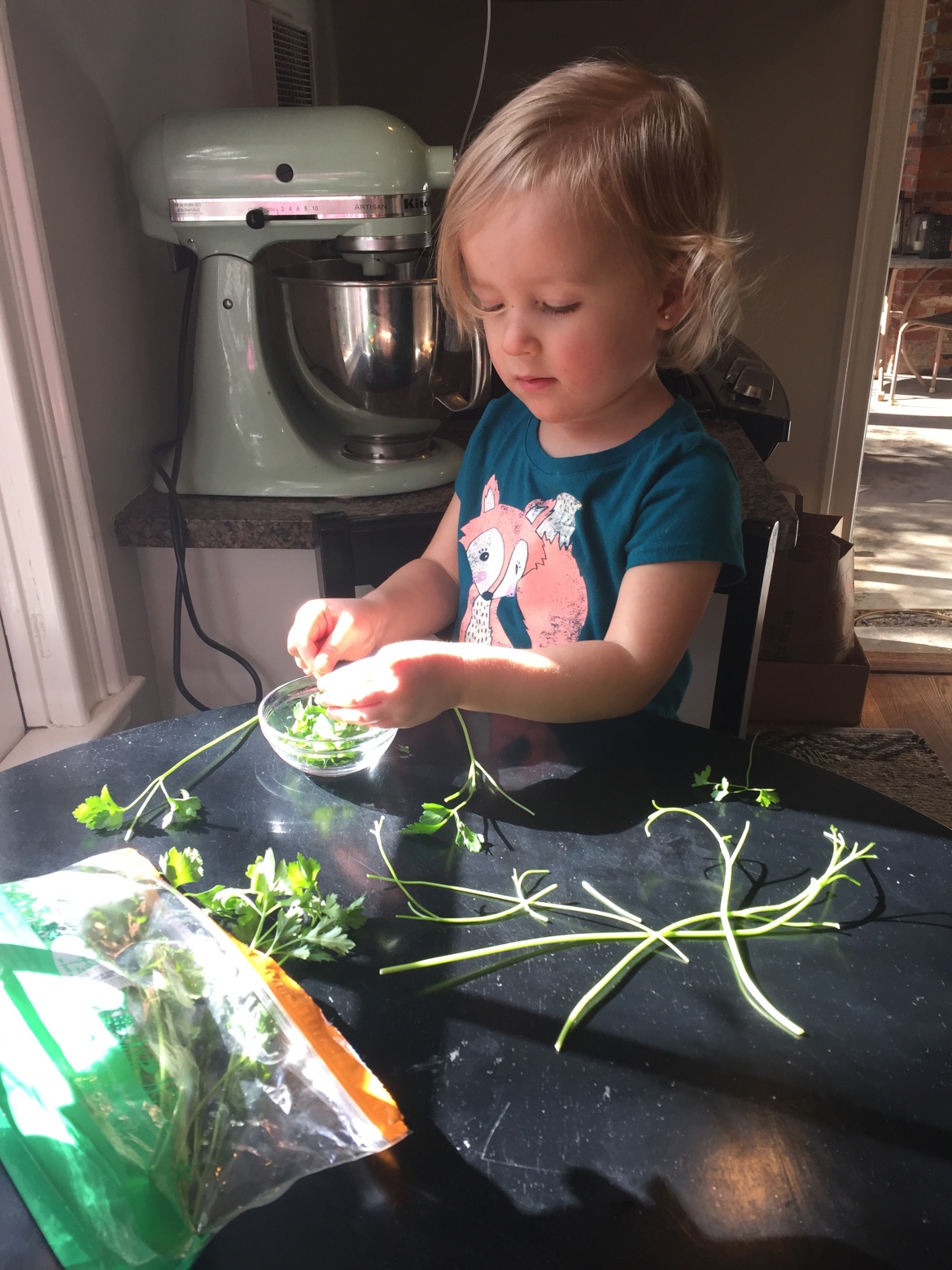

3. Make it sound appealing to them – Know your audience and make it sound appealing to them. Some kids are very excited to make just about anything and are more adventurous eaters, while some are not. Instead of saying “tonight we’re having sweet potato and quinoa chili”, you may want to focus on each step “tonight I need your help opening 4 cans”. If they can think of each task at a time and of the food as a combination of ingredients that they like, the resulting dish that they could otherwise reject may be less intimidating. Sometimes, the opposite happens, too. My daughter loves soup, but she was disappointed to learn that soup is made with some vegetables that (she says) she does not like. It is an opportunity for the child to learn that when you combine ingredients in cooking, the resulting flavor can be quite different.
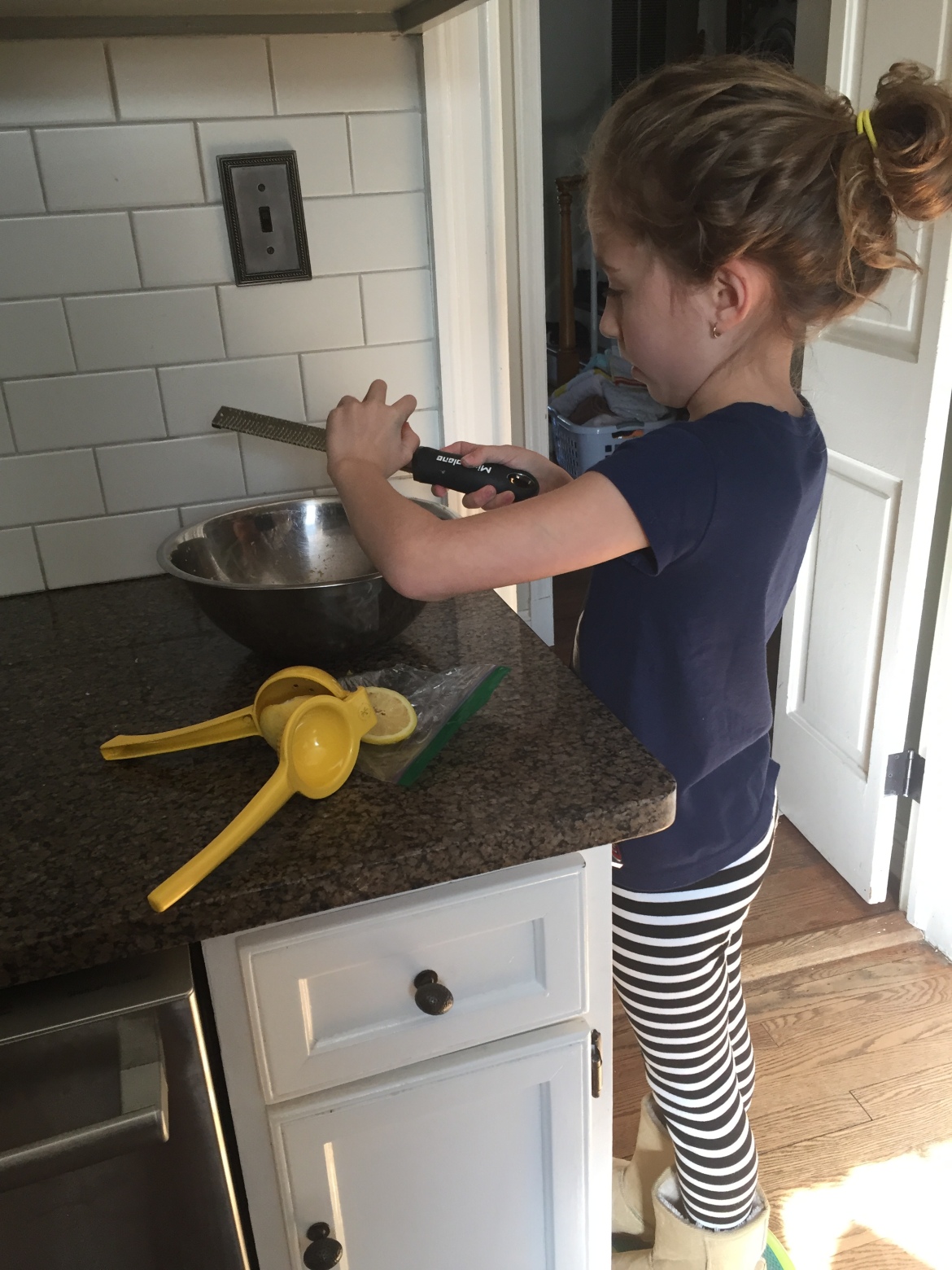
4. Praise, praise, praise – Give them ownership of the food and praise their work during preparation and as mealtime conversation. If they helped prepare in any way, even if opening a can or gathering ingredients, they are more likely to try and enjoy it, and are likely to feel proud of themselves.
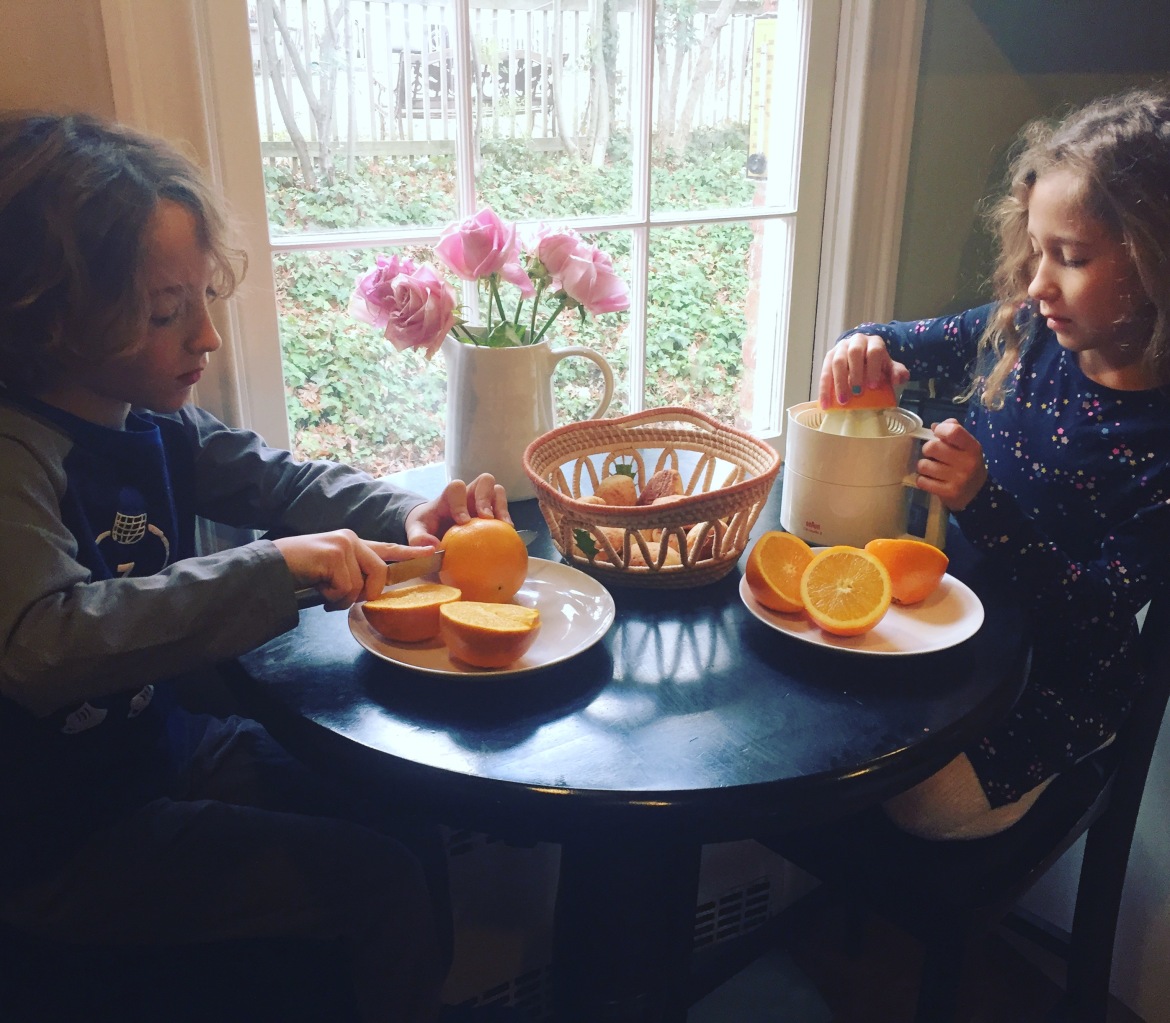
5. Browse through cookbooks – Let them look through a cookbook and mark a few options that they think could be good choices for future meals. You may be surprised by their choices – my daughter concluded that Brussels sprouts look prettier than they taste, but it got Brussels sprouts on our dinner table. Now they are common occurrence on our fondue nights and even if my kids only have a little bit of it each time, it is familiar. Don’t think that the cookbook needs to be geared towards children – any cookbook that has pictures of the food and is visually appealing to you, is sure to have something that will interest your child.
6. Variety is Key – Teaching your kids how to make their favorite foods is great fun, but don’t be afraid to invite your children to make all sorts of foods. Even the most reluctant palates are likely to have fun learning and practicing different cooking skills, from pouring, stirring, chopping, mixing, measuring, whisking and much more. Learning a new skill and preparing a variety of foods is key to keep them curious and excited, plus exposure to different flavors and ingredients will help develop their palates in the long-term.
7. Grow food – Last, but not least (and super fun), plant a garden. I confess that I don’t have a green thumb and just sometimes get things right in my garden, but my kids ate a ton of green beans last summer because they planted and harvested themselves (in addition to cucumbers, tomatoes, herbs and more). It doesn’t have to be elaborate or a big space, there are tons of fruits and veggies that you can grown in pots. And what is more fun than digging and playing with water throughout the warmer months? There are many other ways to connect your children to local sources of food: help watering a neighbor’s or a school garden, visit local farms or farmers’ markets or join a CSA (community supported agriculture).
